
The Dominican Republic is divided into thirty-one provincias, while the national capital, Santo Domingo, is contained within its own Distrito Nacional.

El Seibo, alternatively spelt El Seybo, is a province of the Dominican Republic. Before 1992 it included what is now Hato Mayor province.
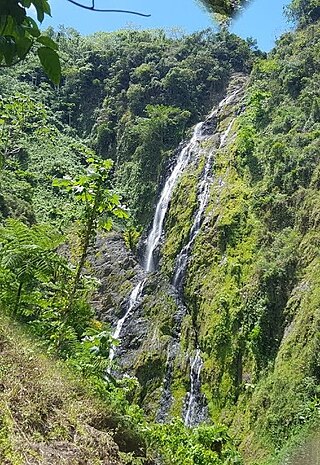
Hato Mayor is a province of the Dominican Republic. The province was split from El Seibo in 1984.

La Altagracia is a province located in the eastern part of the Dominican Republic. It is the only region that borders the Atlantic Ocean and the Caribbean Sea. It is divided into two municipalities and its capital is the beach city of Punta Cana. The province was part of the old La Altagracia Province, which split into two, La Altagracia Province and La Romana Province, on February 27, 1961.

La Romana is a province of the Dominican Republic. The capital is also named La Romana, and is the third-largest city in the country. La Romana was elevated to the category of province in 1944. File:Catalina Island, La Romana, Dominican Republic. A cruise liner in coast waters of Catalina Isl, approaching the rocky shore. .jpg La Romana is also home to Casa de Campo, one of the world's largest resorts and top golfing destinations, including the Teeth of the Dog golf course. Many international and local artists perform at "Altos de Chavón", an artistic community and university.

Samaná is a province of the Dominican Republic in the Samaná Peninsula located in the eastern region. Its capital is Santa Bárbara de Samaná, usually known as Samaná.

Santiago is a province which currently comprises one of the 32 provinces of the Dominican Republic. It is divided into 10 municipalities and its capital city is Santiago de los Caballeros. Located in north-central Dominican Republic, in the Cibao region, it is bordered by the provinces of Valverde to the north-west, Puerto Plata to the north, Espaillat and La Vega to the east, San Juan to the south and Santiago Rodríguez to the west.

Santa Cruz del Seibo or El Seibo, is a city and municipality in the El Seibo Province of the Dominican Republic, located in the eastern part of the country.

Hato Mayor del Rey is the capital of Hato Mayor Province, Dominican Republic. It is bordered on the North by the municipalities of El Valle and Sabana de la Mar, on the South by the San Pedro de Macorís Province, on the East by the El Seibo Province and on the West by the municipality of Bayaguana, Monte Plata. It is located 27 kilometers from the San Pedro de Macorís Province and 110 kilometers from the capital city of Santo Domingo. Hato Mayor del Rey has a population of 70,141 inhabitants, and is divided into three municipal districts: Yerba Buena, Guayabo Dulce and Mata Palacio.

Samaná, in full Santa Bárbara de Samaná, is a town and municipality in northeastern Dominican Republic and the capital of Samaná Province. It is on the northern coast of Samaná Bay. The town is an important tourism destination and the main center for whale-watching tours in the Caribbean region.
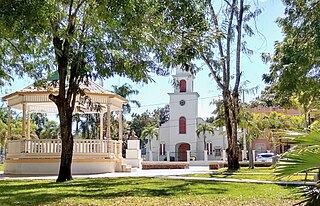
Dajabón is a municipality and capital of the Dajabón province in the Dominican Republic, which is located on the northwestern Dominican Republic frontier with Haiti. It is a market town with a population of about 26,000, north of the Cordillera Central mountain range.
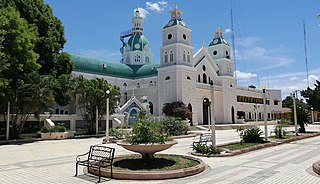
San Juan de la Maguana is a city and municipality in the western region of the Dominican Republic and capital of the San Juan province. It was one of the first cities established on the island; founded in 1503, and was given the name of San Juan de la Maguana by San Juan Bautista and the Taino name of the valley: Maguana. The term Maguana means "the first stone, the unique stone".
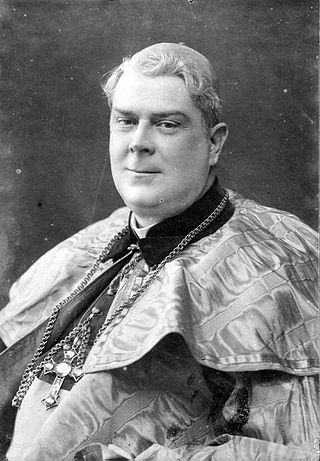
Adolfo Alejandro Nouel y Bobadilla was an archbishop, educator and interim president of the Dominican Republic.
Villa Riva is a municipality (municipio) of the Duarte Province in the Dominican Republic.
Hondo Valle is a town in the Elías Piña province of the Dominican Republic characterized by its beautiful mountains and cold climate.
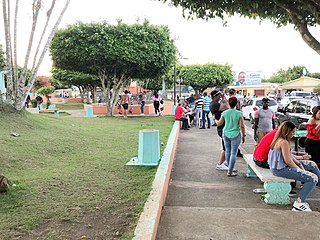
Sabana Grande de Boyá is a municipality (municipio) of the Monte Plata province in the Dominican Republic. It includes the municipal districts of Gonzalo and Majagual.

The Battle of Palo Hincado was the first major battle of the Spanish reconquest of Santo Domingo of the Spanish colonial Captaincy General of Santo Domingo, that was occupied by the French in the Spanish West Indies. The site is in the present-day Dominican Republic, on the island of Hispaniola in the Caribbean.
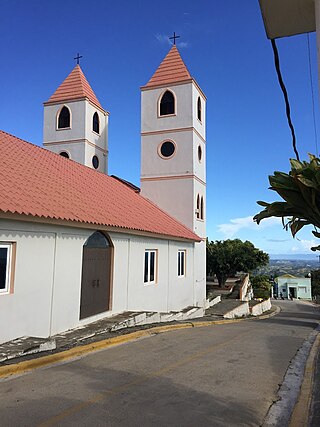
Jánico is a town and municipality (municipio) of the Santiago province in the Dominican Republic. Within the municipality there are two municipal districts : El Caimito and Juncalito.
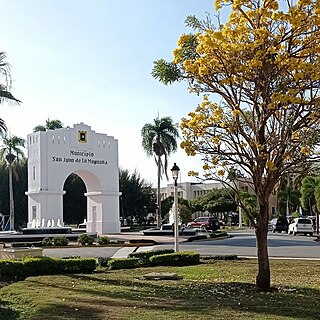
San Juan is a province of the Dominican Republic. Before 1961 it was known as Benefactor. San Juan is the Republic's largest province, bearing a size of 3,569 square kilometers, and it is landlocked.
Miss Mundo Dominicana 2011 was held September 20, 2011, in Renaissance Auditorio de Festival del Hotel Jaragua, Santo Domingo. The Miss Mundo Dominicana winner represented the Dominican Republic in Miss World 2011, the Miss RD Internacional entered Miss International 2011, Miss Supranational RD entered Miss Supranational 2012, and the Miss Tourism Queen RD entered Miss Tourism Queen International 2011. The first runner up entered the Reinado Internacional del Café 2012. The winner was crowned by Sofinel Báez, Miss International Dominicana 2010.
























